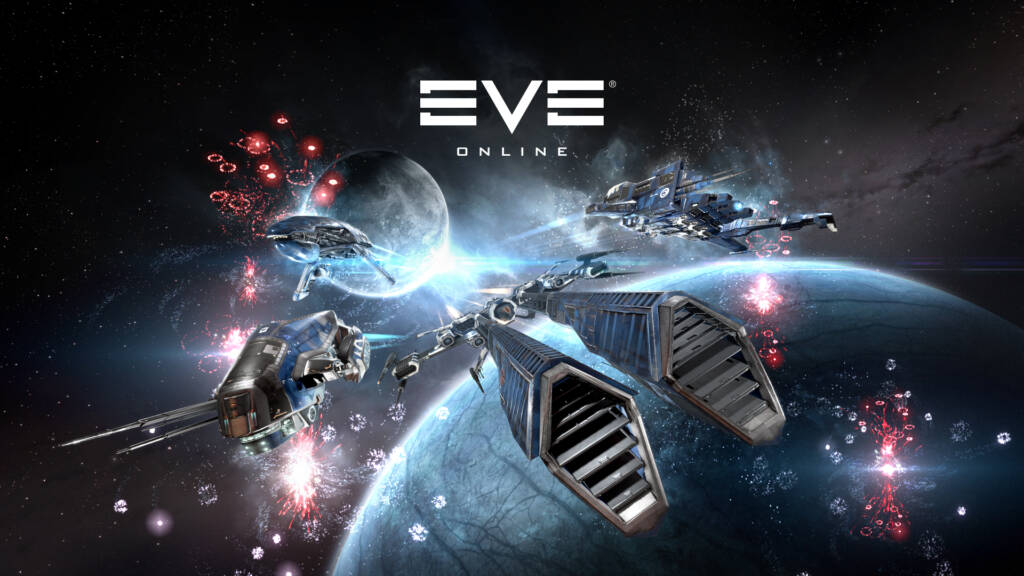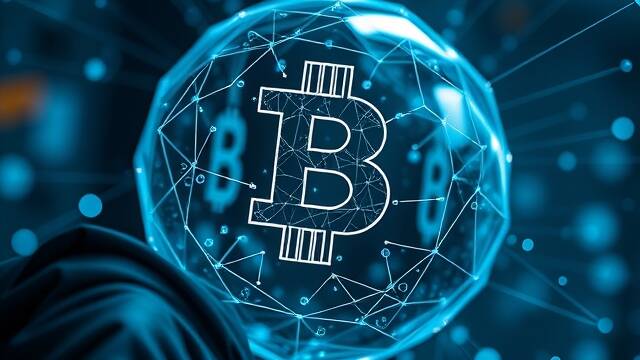
The Emergence of Virtual Economies
From early MMORPGs like RuneScape to modern games such as EVE Online, virtual economies have become an integral part of gaming. These in-game marketplaces mimic real-world economic systems, where supply and demand influence the value of items, creating a fully functioning player-driven economy.
The Role of NFTs in Gaming Economies
With the advent of blockchain technology and non-fungible tokens (NFTs), players can now own unique digital assets that have real-world value. Games like Axie Infinity have introduced the concept of “play-to-earn,” where players can trade NFTs for actual currency, bridging the gap between virtual and physical economies.
How In-Game Economies Impact Player Behavior
Player-driven economies not only influence how players interact with the game world but also how they behave toward one another. Trading, bartering, and market manipulation have become strategies in themselves, adding a new layer of complexity to gameplay. Games like World of Warcraft have seen players form guilds specifically to control market prices.
Real-World Economic Skills Gained from Virtual Worlds
In-game economies can teach valuable real-world skills, such as resource management, entrepreneurship, and financial planning. Players who excel in managing in-game assets often find that these skills translate to better decision-making in real life, creating a unique educational aspect of gaming.
The Future of Player-Driven Economies
As gaming continues to evolve, so too will virtual economies. We may soon see fully integrated metaverse economies where players can seamlessly trade goods, services, and even experiences across multiple games and platforms, potentially blurring the lines between virtual and real-world markets.


